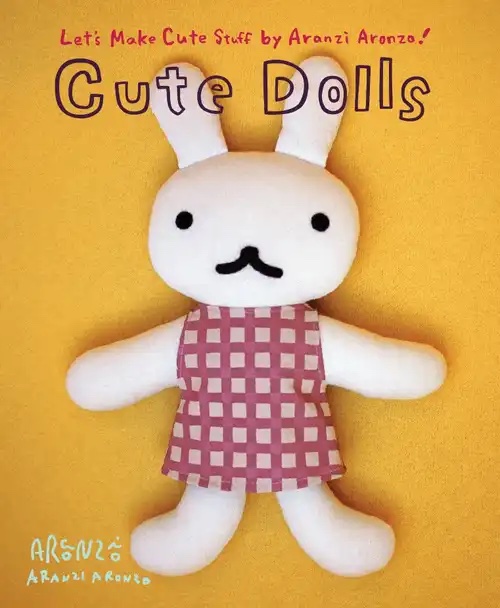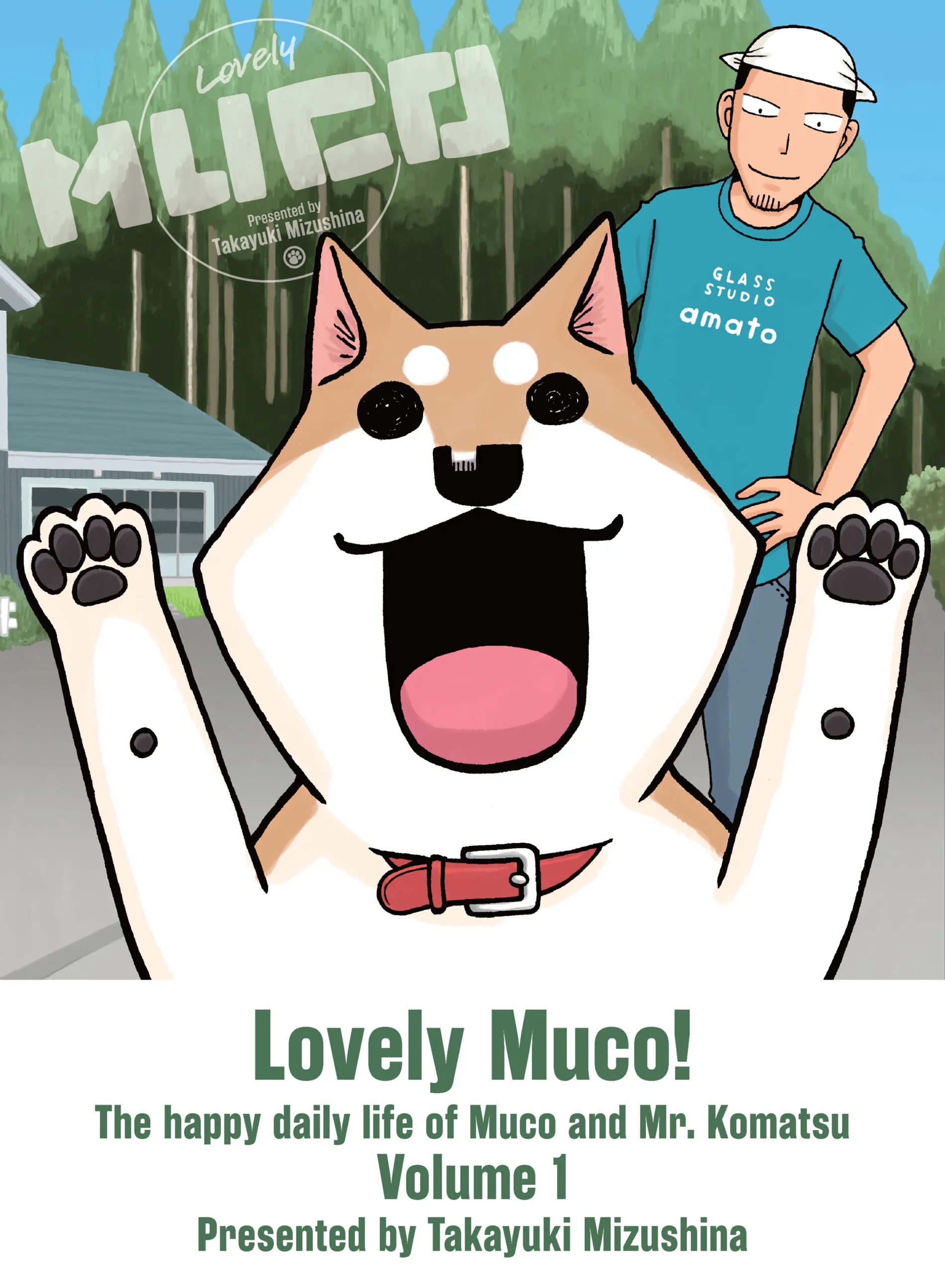This review contains a few spoilers for later volumes of Happiness, and discusses one character’s efforts to cope with PTSD after a violent attack. Proceed with caution.
The first three volumes of Shuzo Oshimi’s Happiness explore familiar terrain, using vampirism as a metaphor for the ravages of puberty, that moment when hormonal urges overwhelm the rational mind and the body morphs into its adult form. And while these early volumes contained some well-rehearsed scenes of bullying and bloodlust, Oshimi’s artwork — at once raw and refined, primitive and expressionist — made these moments feel strange, fresh, and specific to his story. One could feel fourteen-year-old Makoto Okazaki’s palpable anguish over being trapped in a body and a life he could no longer control, and wondered how he might escape his fate.
Volume four was a turning point in the series, culminating in a scene of frenzied violence in which a major character was killed, another forced into hiding, and a third — Gosho — badly wounded. The violence was grotesque in the Romantic sense of the word, a scene so horrific that it filled with reader with a strong sense of revulsion and pity. But a curious thing happened in the next installment: in the aftermath of this bloody cataclysm, Happiness became Gosho’s story. A time jump advanced the plot ten years into the future, showing us Gosho’s efforts to rebuild her life, one temp job at a time.
Though Gosho seems outwardly calm and self-possessed, her carefully constructed facade is shattered in volume six by a sensational newspaper headline: “Vampire Boy: Where Is He Now?” Oshimi captures Gosho’s experience of being triggered in all its nauseous horror; we can see a painful memory well up in Gosho, causing her to double over and fall to her knees as if she were trying to purge her body of all the fear and shame she’d experienced on that fateful night ten years ago. What makes this moment even more powerful is the skill with which Oshimi captures Gosho’s mounting terror through a series of closeups — first her face, then her eye, then the article itself, as her gaze darts across the page, lingering on a striking image or a suggestive snippet of text.
For all the emotional intensity of this moment, however, volume six is largely uneventful, focusing primarily on the tenative relationship between Gosho and Sudo, her co-worker. Much of their courtship unfolds in brief, wordless scenes depicting everyday activities: eating out, walking home from the train station, buying groceries. The normalcy of these vignettes suggests that Gosho has recovered from her anxiety attack — that is, until Gosho glimpses a boy who might be a vampire:
What makes this image so potent is its ambiguity: is it a figment of Gosho’s imagination, a flashback, or an actual vampire? We’re left feeling as unsettled as Gosho, and wonder what this bloody omen might mean.
That brings me to the hardest part of my review.
Despite the consummate skill and sensitivity with which volumes five and six explore Gosho’s psychic wounds, volume seven may be my last, primarily because I’m dismayed by Oshimi’s decision to further brutalize Gosho. In volume five, Gosho nearly died at the hands of a knife-wielding psychopath, an event that left her with an angry scar on her neck. The terror she felt, and the violence of the scene, seemed necessary at that juncture in the story, revealing the extent to which Gosho’s naivete, determination, and caring could be ruthlessly exploited by someone older and more experienced.
In volume seven, however, Gosho is captured by a cult leader who tortures her, mutilating her body and smearing it with her own menstrual blood. The violence in this scene is fundamentally sexual and, frankly, disgusting. One might argue that Oshimi is deliberately provoking the reader, making us complicit in Gosho’s exploitation, but nothing in Oshimi’s other work — Drifting Net Cafe, The Flowers of Evil — suggests that level of critical engagement with tropes. Instead, it feels as if Oshimi is using this violence as a shortcut, a way of revealing the cult leader’s depravity while providing Sudo motivation to seek revenge on behalf of his girlfriend. The scene also undermines Gosho’s agency — she broke into the cult’s compound looking for Okazaki — and dehumanizes her, reducing her womanhood to breasts and blood rather than her courage, intelligence, and determination to save a friend she hasn’t seen in a decade.
I don’t know about you, but I’m tired of reading and watching scenes like these, whether they serve a legitimate dramatic purpose or not. Oshimi’s undeniable artistry makes quitting Happiness an even more difficult decision for me, as I found his artwork and storytelling in the first six volumes compelling. (Hell, I’m quoted in the promotional literature for Happiness.) I don’t have the stomach for another scene of Gosho’s degradation, however, so I don’t think I’ll be reading volume eight.
HAPPINESS, VOLS. 3-7 • BY SHUZO OSHIMI • KODANSHA COMICS • RATED OT, FOR OLDER TEENS (VIOLENCE, PARTIAL NUDITY, SEXUALITY)




